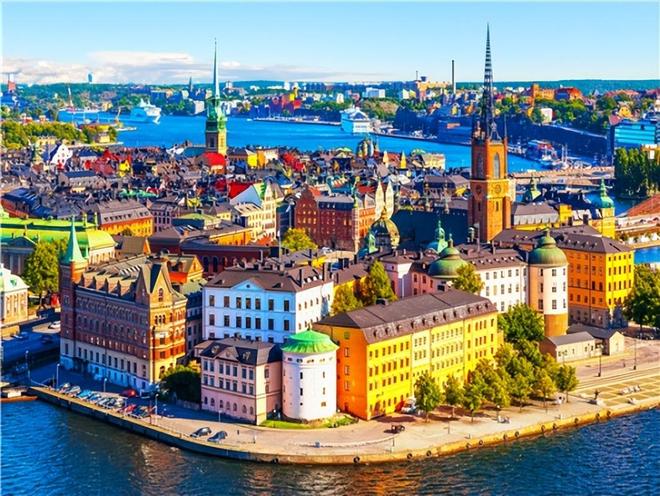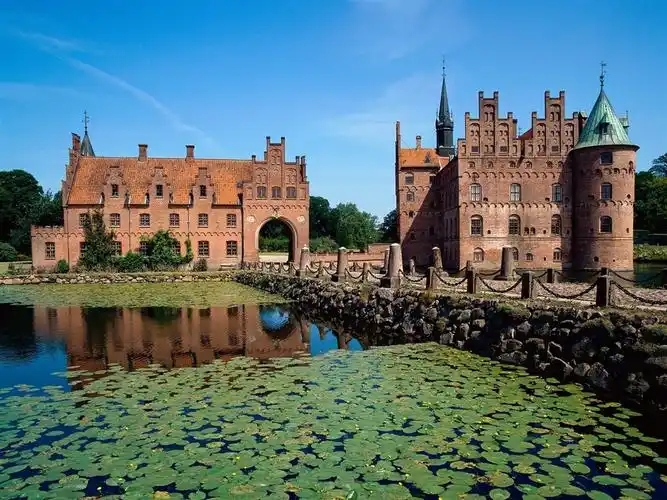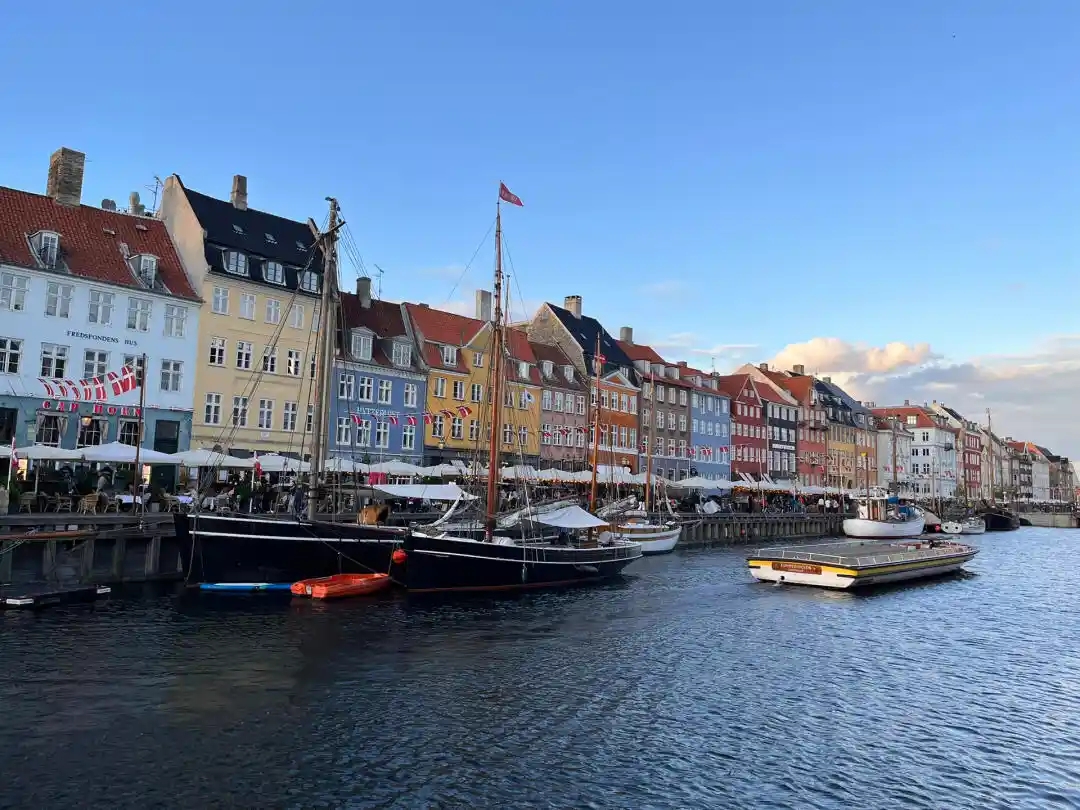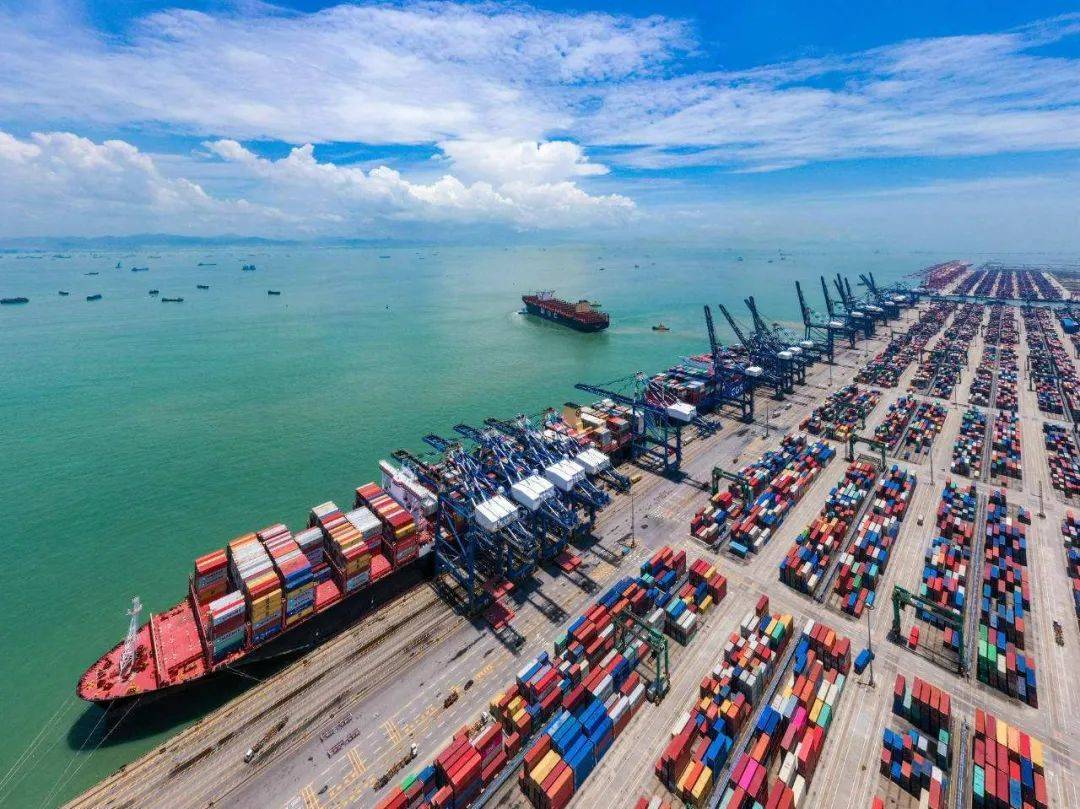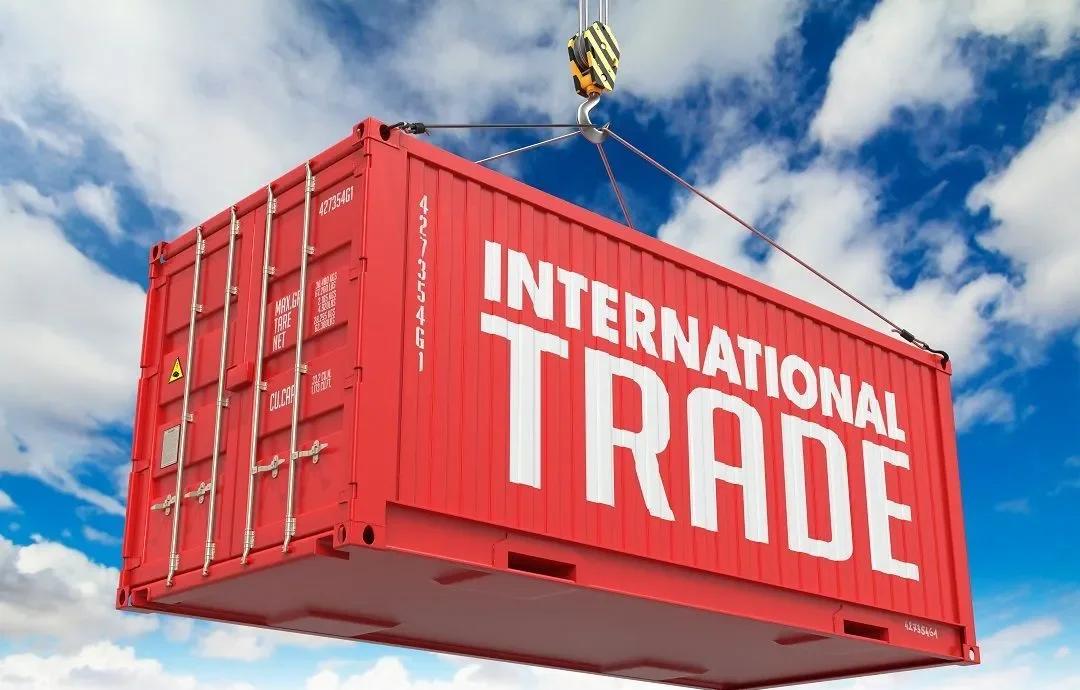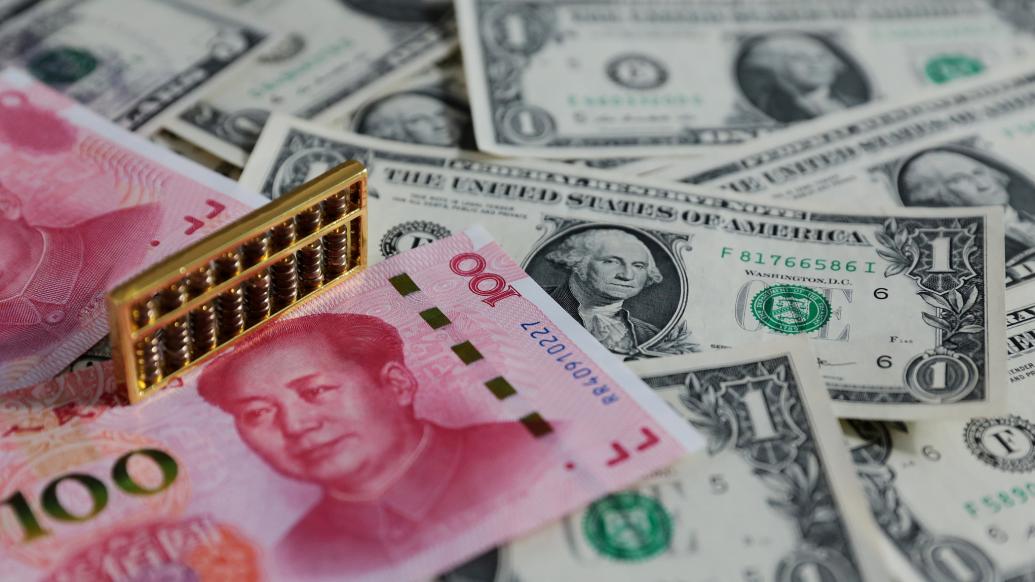肯尼亚最近重新夺回了东非和中非最大经济体的称号;先前由埃塞俄比亚担任的职位。政府在过去十年中进行了各种政治、结构和经济改革,为肯尼亚的经济增长、社会发展和政治成就做出了巨大贡献。根据世界银行的一份报告,肯尼亚的经济增长平均为5.7%,使肯尼亚成为撒哈拉以南非洲增长最快的经济体之一。在本文中,我们将介绍肯尼亚当今发展最快的一些行业。
农业
农业部门在促进肯尼亚经济增长方面发挥着至关重要的作用。该行业通过与其他部门的合作对GDP做出了26%的贡献,另外还有27%的间接贡献。该行业为许多肯尼亚人创造了就业机会,是多达40%的肯尼亚人的生计来源。该行业还占出口收入的65%。农业也是非农经济的主要驱动力。该行业为建筑、交通、旅游和教育等非农业经营提供原材料和市场。
技术
肯尼亚被称为“硅谷大草原”,因为它被认为是撒哈拉以南非洲第二好的创新中心。技术进步在迎来新的自动化时代方面发挥着关键作用。肯尼亚在机器人、人工智能和机器学习领域取得了巨大的发展。
技术发展改变了肯尼亚与全球经济互动的方式。肯尼亚现在能够以更高的速度生产更高质量的产品,这极大地促进了其贸易前景。信息和通信技术的进步导致了显着的经济增长,进而扩大了就业机会的创造。
旅游
旅游业是肯尼亚发展最快的行业之一。据旅游和野生动物部称,肯尼亚目前是撒哈拉以南非洲仅次于南非和尼日利亚的第三大旅游经济体。2019年,该行业为肯尼亚的GDP贡献了1636亿先令。旅游业还为肯尼亚人民创造了大约110万个工作岗位,随着政府通过税收获得收入,这反过来又促进了经济增长。最近,肯尼亚旅游部长纳吉布·巴拉拉(Najib Balala)任命著名的超模娜奥米·坎贝尔(Naomi Campbell)为肯尼亚的新旅游顾问。此举必将推动肯尼亚的旅游业发展,并增加对肯尼亚的国际访问。
房地产
在过去的二十年里,肯尼亚的房地产市场呈指数级增长。这种增长是由各种基础设施发展推动的,例如改善道路和升级主要机场以及改善公用事业连接。快速的城市化和稳定的人口增长也促进了房地产行业的蓬勃发展。人们从农村地区涌入城市,导致了各种土地所有权和财产的建立和出售。随着越来越多的人投资于土地和财产,土地随着时间的推移升值这一事实使房地产业务变得非常有利可图。
运输
各种基础设施的发展和肯尼亚经济的稳定增长,也带动了交通部门的快速发展。根据肯尼亚交通部门的概况,该部门在2016年增长了8.8%,而2015年为7.1%。当然,肯尼亚在交通部门还有一段路要走,但增长和发展正在上升,并且只会变得更好.为了与愿景2 030目标保持一致,肯尼亚的发展计划包括对公路、铁路、海港和机场进行重大改进,以便在全球市场中竞争。SGR的建设打开了肯尼亚的内陆,大大增加和改善了国内的贸易活动。
英文原文:
Kenya recently reclaimed its title as the
largest economy in Eastern and Central Africa; a position previously held by
Ethiopia. The government has made various political, structural and economic
reforms that have greatly contributed to Kenya’s economic growth, social
development and political gains over the past decade. According to a report by
the World Bank, Kenya’s economic growth has averaged at 5.7%, placing Kenya as
one of the fastest growing economies in Sub-Saharan Africa. In this article,
we’ll look at some of the fastest growing industries in Kenya today.
AGRICULTURE
The agricultural sector plays a vital role
in contributing to the growth of Kenya’s economy. The industry has made a 26%
contribution to the GDP and another 27% indirectly through its collaboration
with other sectors. The industry has created employment opportunities for many
Kenyans and is a source of livelihood for up to 40% of Kenyans. The industry
also accounts for up to 65% of the export earnings. Agriculture is also the
main driver of the non-agricultural economy. The industry provides raw
materials and markets for non-agricultural operations such as construction,
transportation, tourism and education.
TECHNOLOGY
Kenya is nicknamed the “Silicon Savannah”
because it is regarded as the second-best innovation hub in Sub-Saharan Africa.
Technological advances are playing a key role in ushering in a new automated
age. Kenya has seen vast developments in the fields of robotics, artificial
intelligence, and machine learning.
Technological developments have changed the
way in which Kenya interacts with the global economy. Kenya is now able to
produce a higher quality of products at
an expansive rate, which has greatly boosted its trading prospects. Advancement
in Information and Communications Technology has led to significant economic
growth which in turn expanded the creation of job opportunities.
TOURISM
The tourism industry is one of the fastest
growing industries in Kenya. According to the Ministry of Tourism and Wildlife,
Kenya is currently the third largest tourism economy in Sub-Saharan Africa
after South Africa and Nigeria. In 2019, the industry contributed a total of
Ksh163.6 billion to Kenya’s GDP. The
tourism industry has also created an estimated 1.1 million jobs for the Kenyan
people which in turn leads to economic growth as the government earns revenue
through taxes. More recently, Najib Balala, Kenya’s Minister for tourism named
the famed supermodel Naomi Campbell as Kenya’s new tourism advisor. This move
will definitely boost Kenya’s tourism sector and increase international visits
to Kenya.
REAL ESTATE
The past two decades have seen an
exponential increase in the Kenyan real estate market. This growth has been
driven by various infrastructural developments such as improved roads and the
upgrading of key airports as well as improved utility connections. Rapid
urbanisation and a steady population growth have also contributed to the
booming real estate sector. The influx of people moving in to the cities from
rural areas has led to the building and selling of various land titles and
properties. The fact that land appreciates in value over time has made the real
estate business very lucrative with more and more people investing in land and
property.
TRANSPORT
The development of various infrastructure
and the steady growth of Kenya’s economy has also led to the rapid development
of the transport sector. According to Kenya’s transport sector profile, the
sector grew by 8.8% in 2016 compared to 7.1% in 2015. Of course Kenya still has
some way to go in the transport sector however the growth and development is on
an upward slope and is only getting better. In a bid to stay in line with its
Vision 2 030 goals, Kenya’s development plans include significant improvements
to roads, railways, seaports and airports in order to compete in the global
market. The construction of the SGR has opened up Kenya’s interior and has
vastly increased and improved trading activities within the country.
文章来源:www.tmc.ke
 优投APP下载
优投APP下载 优投服务号关注
优投服务号关注




